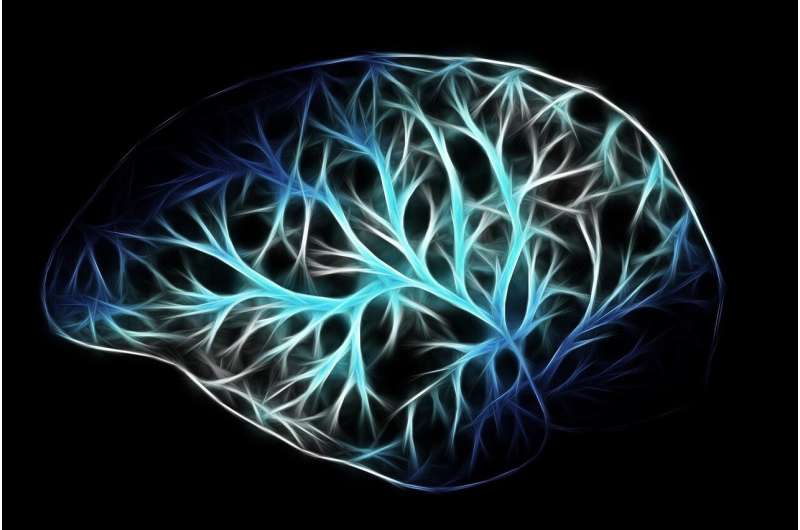amitriptyline and paralytic ileus


Researchers are one step closer to understanding the physiology of antidepressant action in the brain. They have confirmed that even when brain cells are not active, they trigger protein production that affects the function of cells and neural circuits. The work was conducted in the labs of Ege Kavalali, professor and acting chair of the Department of Pharmacology and William Stokes Chair in Experimental Therapeutics, flagyl dosage for bacterial infection and Lisa Monteggia, professor of pharmacology.
“It is surprising to see that brain cells without activity initiate gene transcription,” said Monteggia, also Barlow Family Director of the Vanderbilt Brain Institute. “Among our most interesting findings, we show that it isn’t a huge number of genes that were changed by an activity-independent mechanism, however these genes are often involved in activating other downstream genes.”
The work looks at Brain-Derived Neurotrophic Factor, a growth factor critical for how antidepressants act. This work shows for the first time that, independent of activity, BDNF expression can still be regulated. This new understanding builds on Monteggia’s latest research into how the drug ketamine acts as an antidepressant and its short- and long-term effects. It also took shape from previous research in the Kavalali lab that examined the crucial role of spontaneous neurotransmission in the brain.
Why it matters
Depression, which the World Health Organization says costs $1 trillion annually in lost productivity, affects 264 million people around the world. Current treatments are not effective in approximately half of patients, and depression’s treatment-resistant population is at far higher risk of suicide. Monteggia is conducting this functional research to find ways to mitigate unnecessary and preventable loss of life.
Basic science research like Monteggia and Kavalali’s lays the groundwork for understanding why the body malfunctions and how medications work. By proposing a testable hypothesis that results in new understanding of the brain’s fundamental process, scientists can engage in smarter drug development with the goal of delivering faster or longer-lasting treatment options.
https://youtube.com/watch?v=-Ac5cHQvWGY%3Fcolor%3Dwhite
What’s next
Monteggia plans to build on a number of angles and techniques to show the broader perspective and impact of gene expression in the brain. Her team is creatively dissecting the mechanistic process of the growth factor BDNF in the brain, with the ultimate goal of extending ketamine’s long-term effects with fewer side effects. She also is looking into why the drug may not have an effect for some, to build different therapies for treatment-resistant patients.
Source: Read Full Article